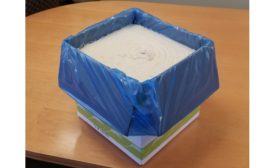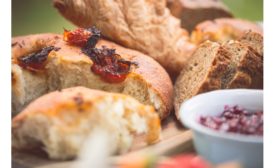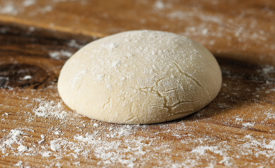Leavening
The Essential Baking Co. brings organic, artisan baked goods to the Pacific Northwest—and the nation
Read More
Hudson Bread grows its artisan bread business
Hudson Bread strategically integrates technological ingenuity with Old World artisan ideals.
November 20, 2017
Functional ingredients for snack and bakery challenges
A host of functional ingredients―from fats and oils to fibers and starches―are available to help bakers and snack producers resolve formulation challenges.
May 10, 2016
Snack on the latest trends, news, and developments!
Stay in the know with Snack Food & Wholesale Bakery, the premier source of information for snack, bakery, and confectionery professionals.
JOIN TODAY!Copyright ©2024. All Rights Reserved BNP Media.
Design, CMS, Hosting & Web Development :: ePublishing










